Skwheel, a Parisian startup, have developed the Skwheel One, a unique device designed to replicate the sensation of skiing on tarmac.
From Superinnovators 28/08/24
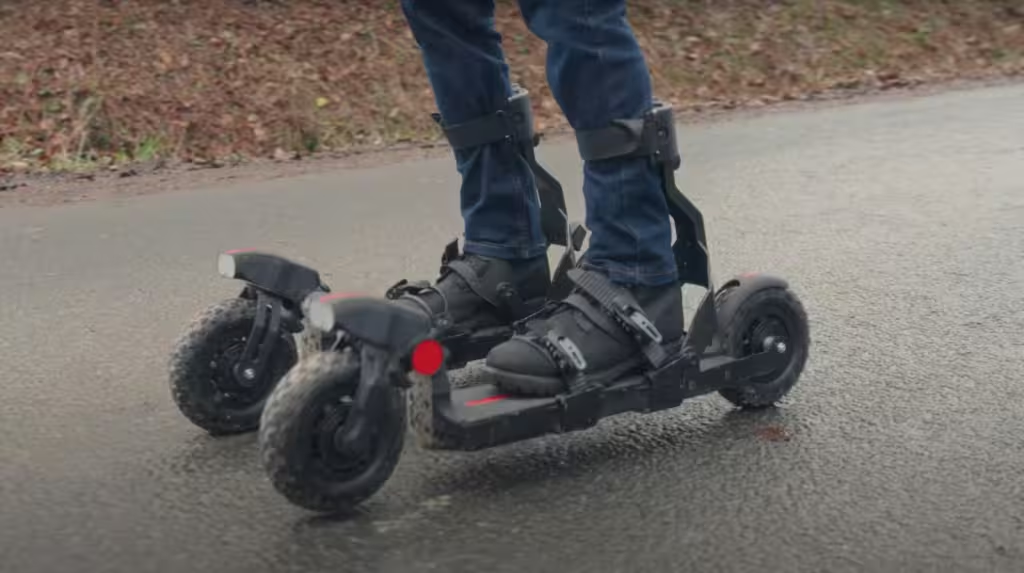
The Skwheel One is battery-powered and features sensors, gyroscopes, and steering control algorithms on the front wheels, to produce a skiing-like experience in urban environments.
It is designed for users to navigate city streets with fluid, ski-like movements where both legs push side-to-side in the same direction.
The company say that the Skwheel One is suitable for various terrains, although it is primarily intended for urban use.
The e-ski, approximately 80-90 cm long, offers a range of up to 30 km (19 miles) on a full charge and features a 2-hour fast charge capability.

Each wheel is powered by a 600-watt motor, providing a total output of 2400 watts and a max. speed of 80 km/h although this is limited to 30 km/h on public roads.
The user controls acceleration, braking and LED lights through a handheld wireless device that doubles as a handle for easier transport.
A mechanical braking mechanism also provides a fallback in case the wireless controller fails or is dropped.
According to the company, the Skwheel One is user-friendly, with a simple 20-minute learning curve for those familiar with skiing.
The startup aim to enhance the urban commuting experience by bringing the thrill of skiing to city streets, with pre-orders now open, price undisclosed.
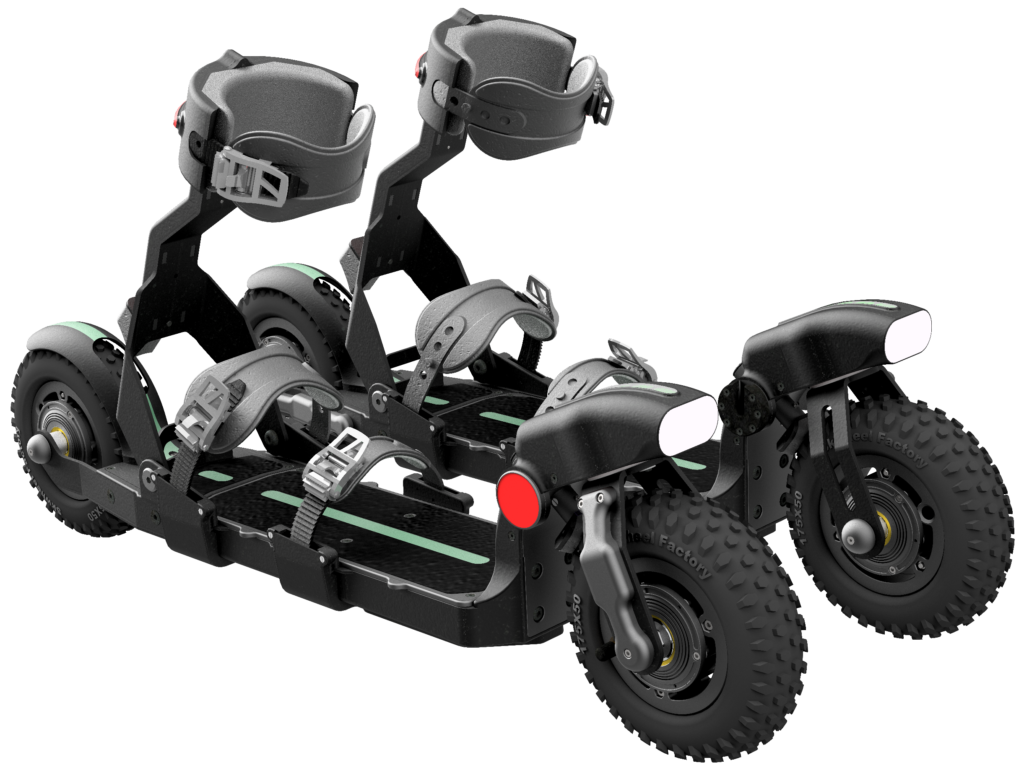
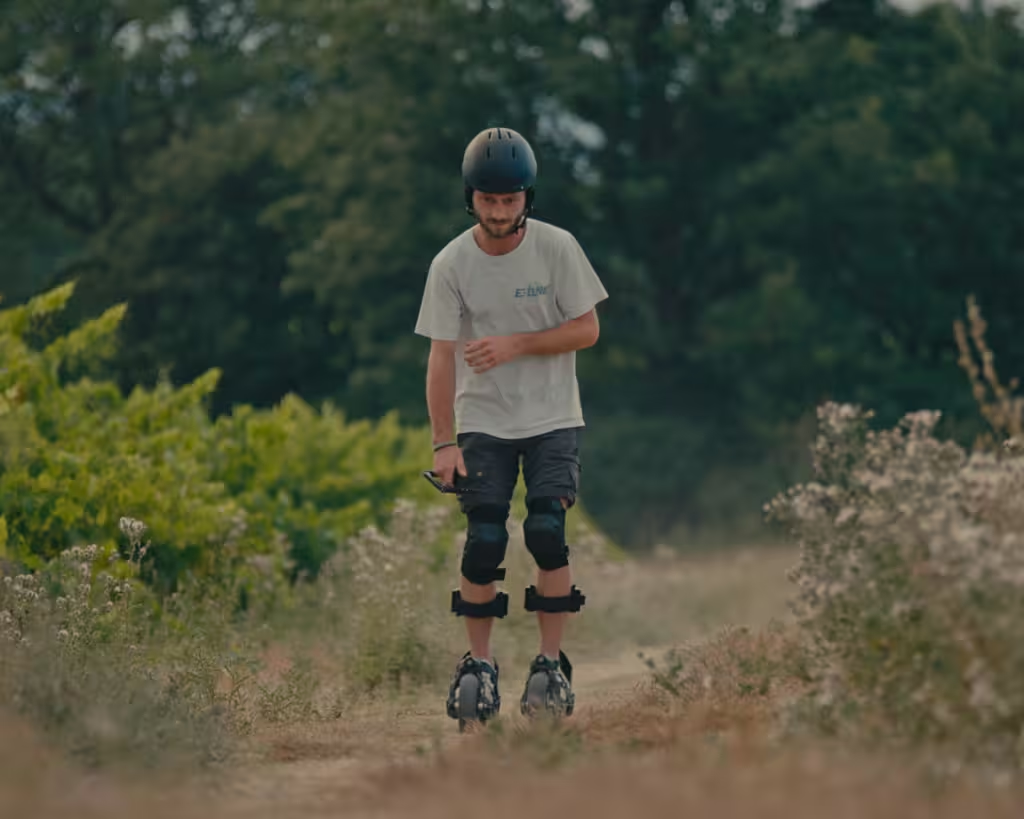

More info
You may also be curious about:
-

Particle-armoured liquid robot can pass through metal bars
-
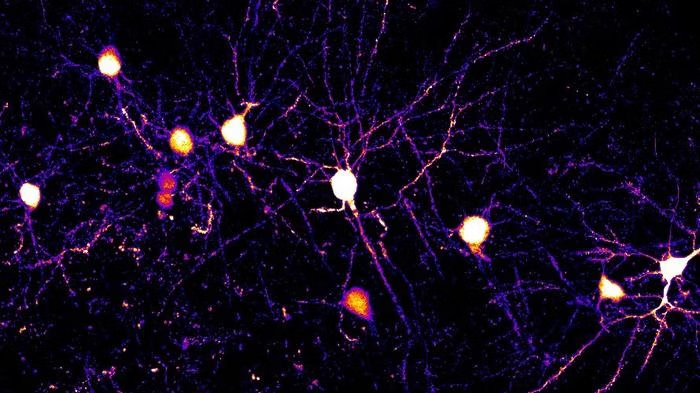
Groundbreaking study uncovers how our brain learns
-

‘Eco-friendly’ plant-based plastics linked to organ damage
-

Cosmic twist: New study suggests the universe could be spinning
-

Your cells can hear
-

High blood pressure? Eat more bananas
-

Gut microbes transform bile to fight cancer
-

The body remembers: Oklahoma City bombing survivors’ have trauma ‘imprint’
-

Miso made in space tastes nuttier, researchers find
-
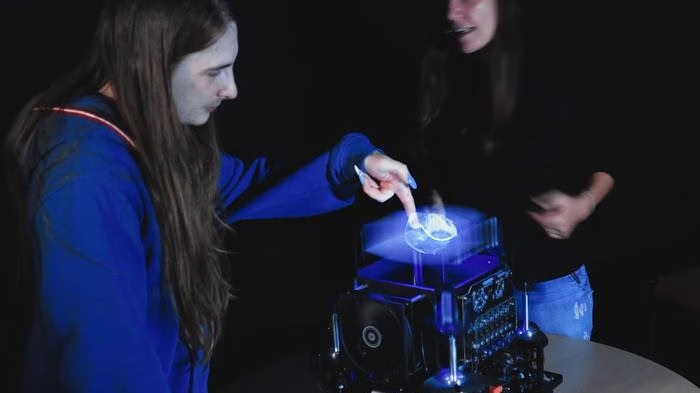
Elastic band holograms that can be grabbed and manipulated
-

Scientists find unique sound alleviates motion sickness
-
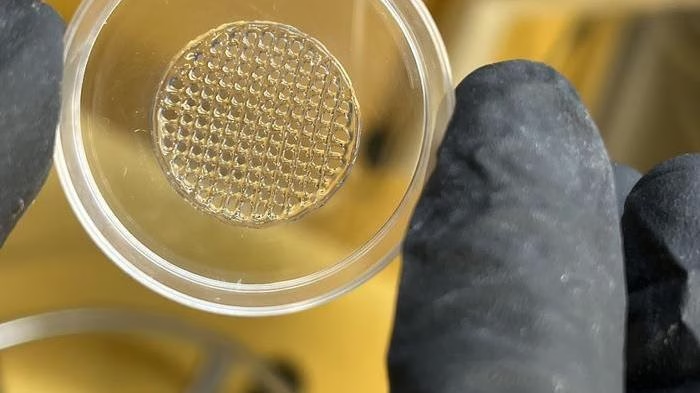
Printed skin to replace animal testing
